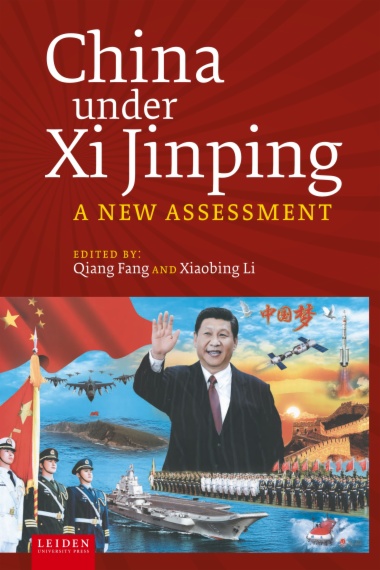'China Under Xi Jinping: A New Assessment' is one of the first scholarly books on Xi’s China during the pandemic, containing several features unmatched by existing scholarship. First, all the authors have studied and taught Chinese and American history or politics in China, Taiwan, and the United States for decades. They are quite familiar with and deeply understand the history, politics, ideology, and society in China and the United States. Therefore, their research would be more balanced and nuanced, if not more profound, than that of many Western or China-based students. Second, most authors are historians who examine Xi Jinping’s China and China’s relationship with the West from a motley crew of historical backdrops and political and legal perspectives. Their probe into the historical trajectory, precedents, causes, and problems of Xi’s policies and intentions helps readers obtain a better sense of what Xi and his government could do in the future. Third, most authors are established and internationally renowned scholars in their respective fields. Lastly, this book is one of the first studies spanning from Xi Jinping’s rise to power in the early 2000s to the pandemic era and beyond. The authors have kept a close eye on the latest developments and sources to analyze and compare Xi’s policies as well as his volatile relations with the West before and after the pandemic.
- Cover
- Table of Contents
- Acknowledgements
- Note on Transliteration
- Abbreviations
- Introduction
- Introduction. Xi’s Chinese Dream and its Challenges
- Qiang Fang and Xiaobing Li
- Part One. Party’s Legacy and Continuity
- Chapter One. What did the CCP Learn from the Past? An Analysis of Xi Jinping’s Dexterous Utilization of History
- Chapter Two. From “Seven Speak-Nots” to “Media Surnamed Party”: Media in China from 2012 to 2022
- Chapter Three. China’s Shift to Personalistic Rule: Xi Jinping’s Centralization of Political Power
- Chapter Four. Understanding the “Rule of Law” in Xi’s China
- Part Two. Global Ambitions and Social Stability
- Chapter Five. Necessitated by Geopolitics: China’s Economic and Cultural Initiatives in Central Asia
- Chapter Six. Confucius Institutes in the Xi Jinping Era: From Peak to Demise in the United States
- Chapter Seven. Belt and Road by the Sea: 21st Century Maritime Silk Road
- Part Three. Military Outreach and Geopolitical Strategy
- Chapter Eight. Xi Jinping and the Derailment of the KMT-CCP “1992 Consensus”
- Chapter Nine. Beijing’s Military Power and East Asian-Pacific Hot Spots
- Chapter Ten. Towards a More Joint Strategy: Assessing Chinese Military Reforms and Militia Reconstruction
- Chapter Eleven. From Trade War to New Cold War: Popular Nationalism and the Global Times on Weibo under Xi Jinping
- Conclusion. Xi’s China: Continuing Evolution in a New Direction
- Xiaobing Li and Qiang Fang
- Index

